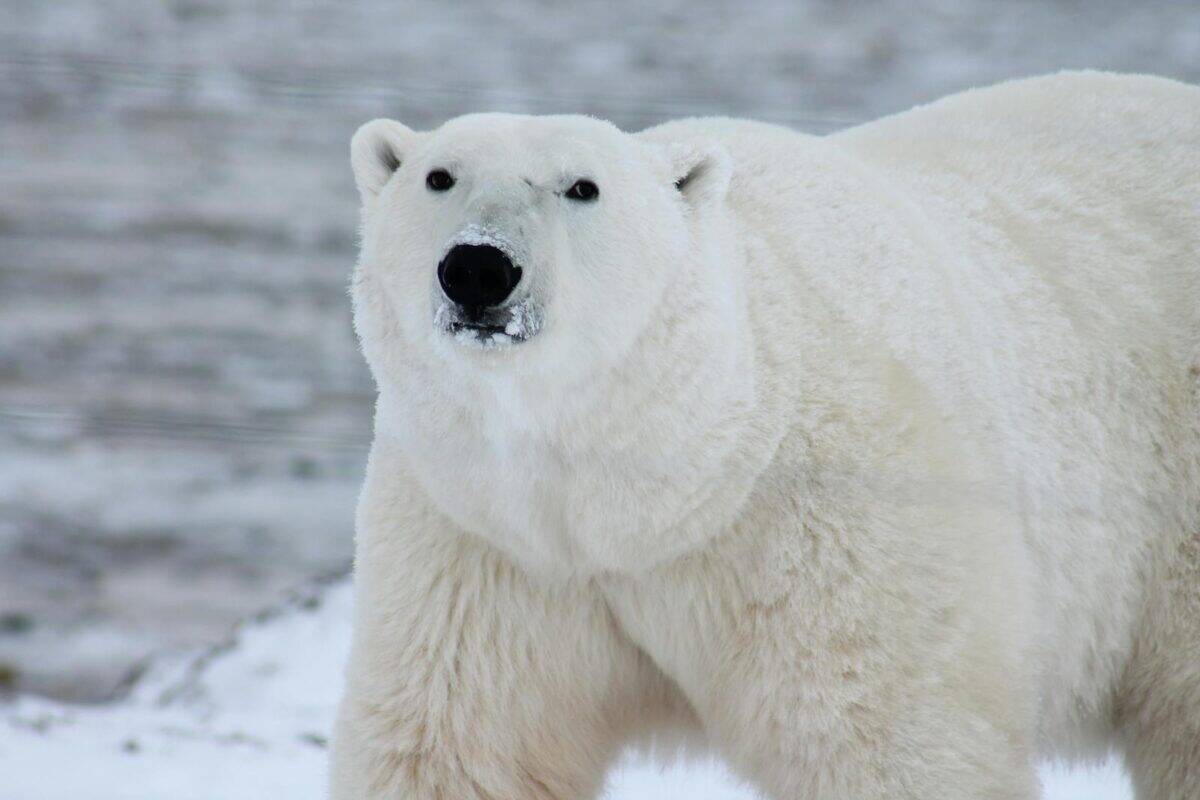The magnificent polar bear, *Ursus maritimus*, stands as a symbol of the icy wilderness and plays a critical role in its ecosystem. As climate change wreaks havoc on their natural habitat, the controversial issue of polar bear hunting has sparked debate worldwide. This article delves into the complexities surrounding this issue, examining the ethical, ecological, and cultural dimensions of whether polar bear hunting should be banned globally.
The Magnificence of Polar Bears

Polar bears are the largest land carnivores, adapted to thrive in the Arctic’s harsh conditions. With their thick white fur, large paws for swimming, and an acute sense of smell, they are well-equipped to hunt seals—their primary food source. However, these majestic creatures are more than just apex predators; they are also cultural icons and spiritual symbols for indigenous peoples in the Arctic regions.
The Role of Polar Bears in the Arctic Ecosystem

Polar bears play a vital role in maintaining the health of the Arctic ecosystem. By preying on seals, they help regulate the seal population, which in turn balances the fish and plankton levels within the marine food web. This intricate balance highlights the importance of safeguarding polar bear populations for ecological stability.
The Threat of Climate Change
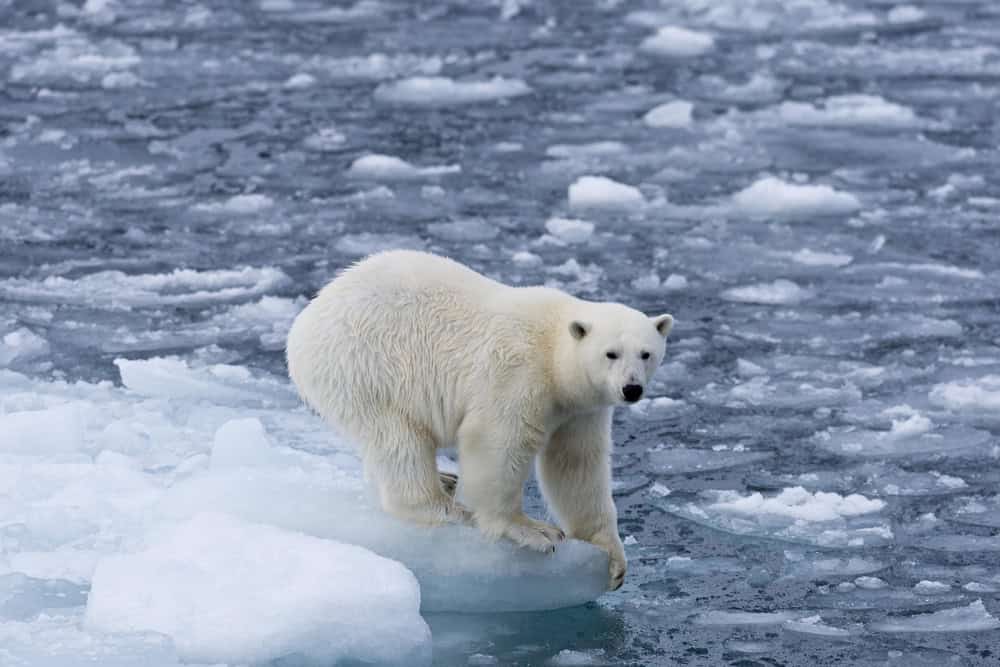
Climate change presents the most significant threat to polar bears, primarily through the loss of sea ice, which is necessary for their survival. Sea ice serves as a platform for hunting seals, resting, and breeding. As global temperatures rise, the diminishing ice poses a direct danger to polar bears, forcing them to travel greater distances in search of food and habitat.
Current Polar Bear Hunting Practices

Polar bear hunting is currently regulated across the Arctic regions, with some areas allowing it under strict quotas. These quotas are intended to manage populations sustainably and are often governed by international agreements and local indigenous management systems. Indigenous communities have historically hunted polar bears for subsistence, utilizing nearly every part of the bear for food, clothing, and tools.
The Ethical Debate
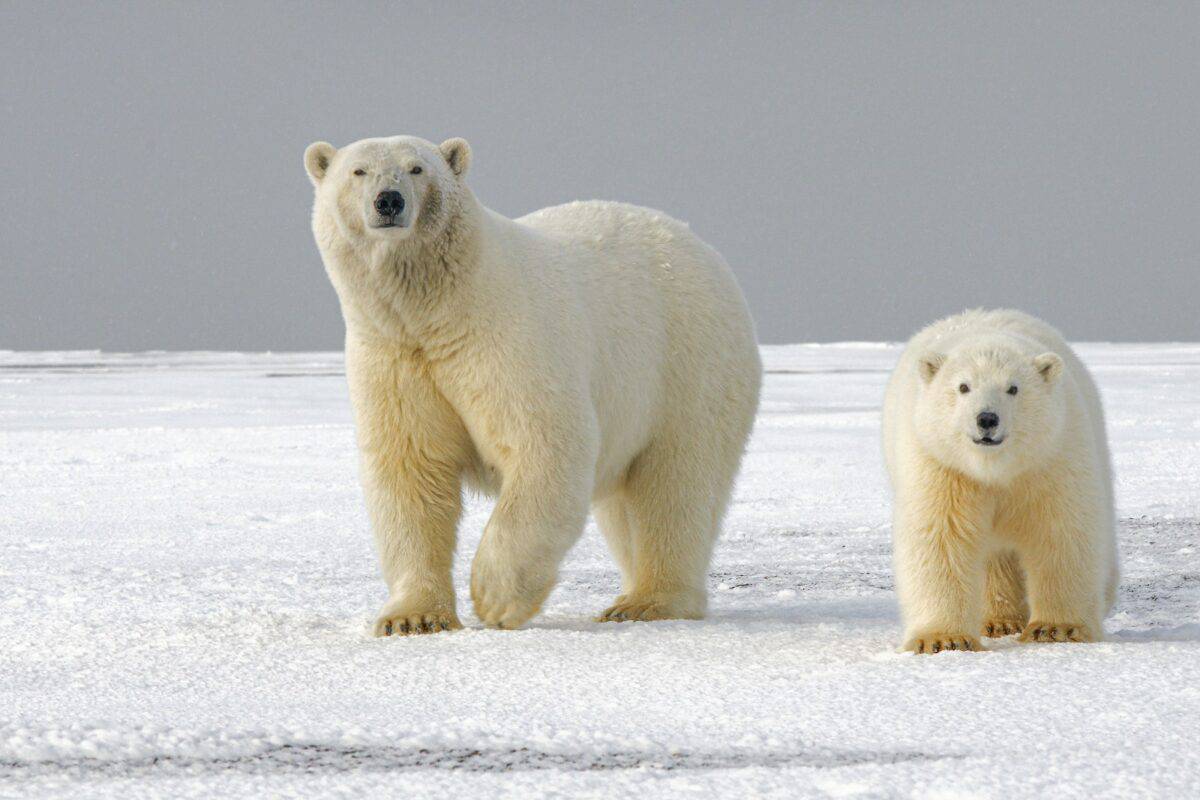
At the heart of the hunting debate is the ethical consideration of hunting a species already vulnerable due to climate change. Critics argue that hunting should be entirely banned to protect polar bears, while proponents emphasize the rights of indigenous peoples to preserve their cultural practices and traditions. This ethical conundrum presents significant challenges in crafting policies that respect both animal welfare and human rights.
Economic Implications

For many indigenous communities, polar bear hunting is not only a cultural practice but also an economic necessity. The sale of polar bear pelts, alongside guided hunting expeditions for international tourists, contributes significantly to local economies. Any ban on hunting must carefully consider the potential economic impacts on these communities.
Conservation Efforts and Legal Protections

Polar bears are listed as vulnerable by the International Union for Conservation of Nature (IUCN) and protected under various international agreements, including the Marine Mammal Protection Act and the Convention on International Trade in Endangered Species (CITES). These frameworks aim to monitor and manage polar bear populations while addressing illegal hunting and trade.
Impact of a Worldwide Ban
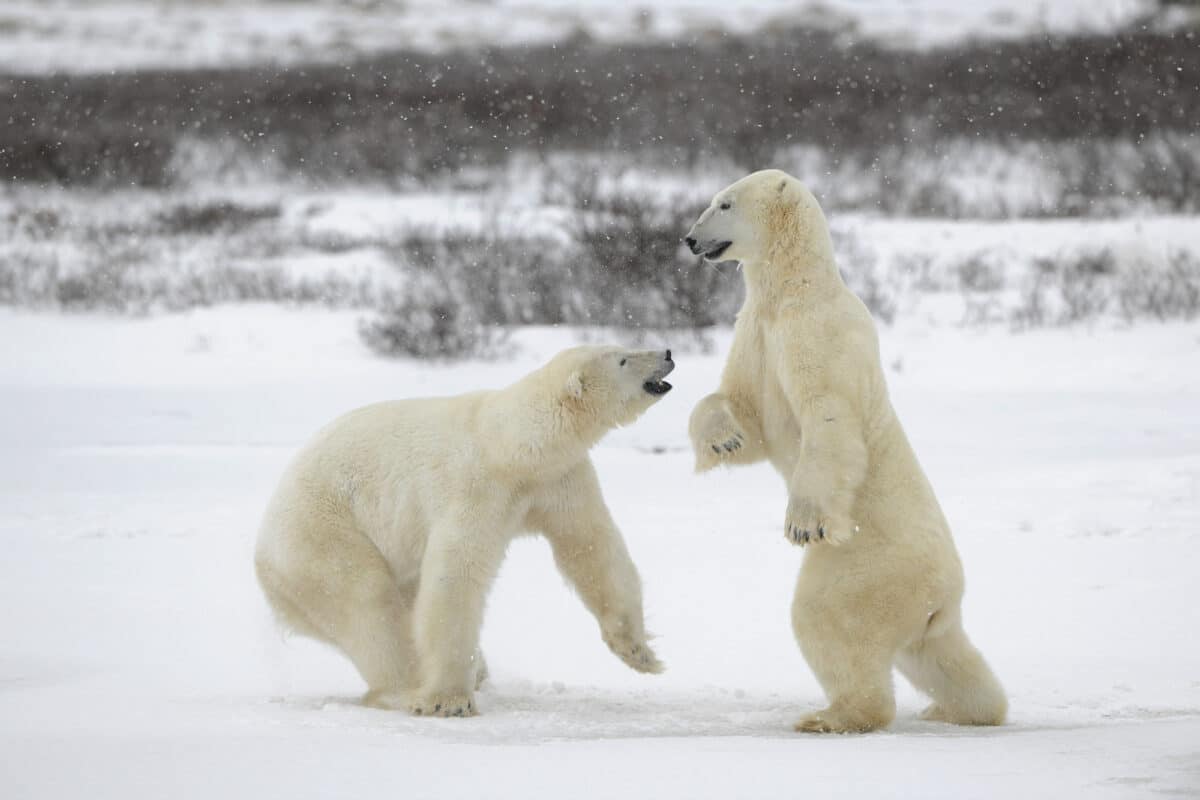
Implementing a worldwide ban on polar bear hunting would likely reduce direct human-caused mortality. However, it could disrupt traditional ways of life for indigenous communities, potentially leading to loss of cultural heritage and economic opportunity. Balancing conservation goals with respect for indigenous rights is critical in discussing a total hunting ban.
Conservation vs. Indigenous Rights
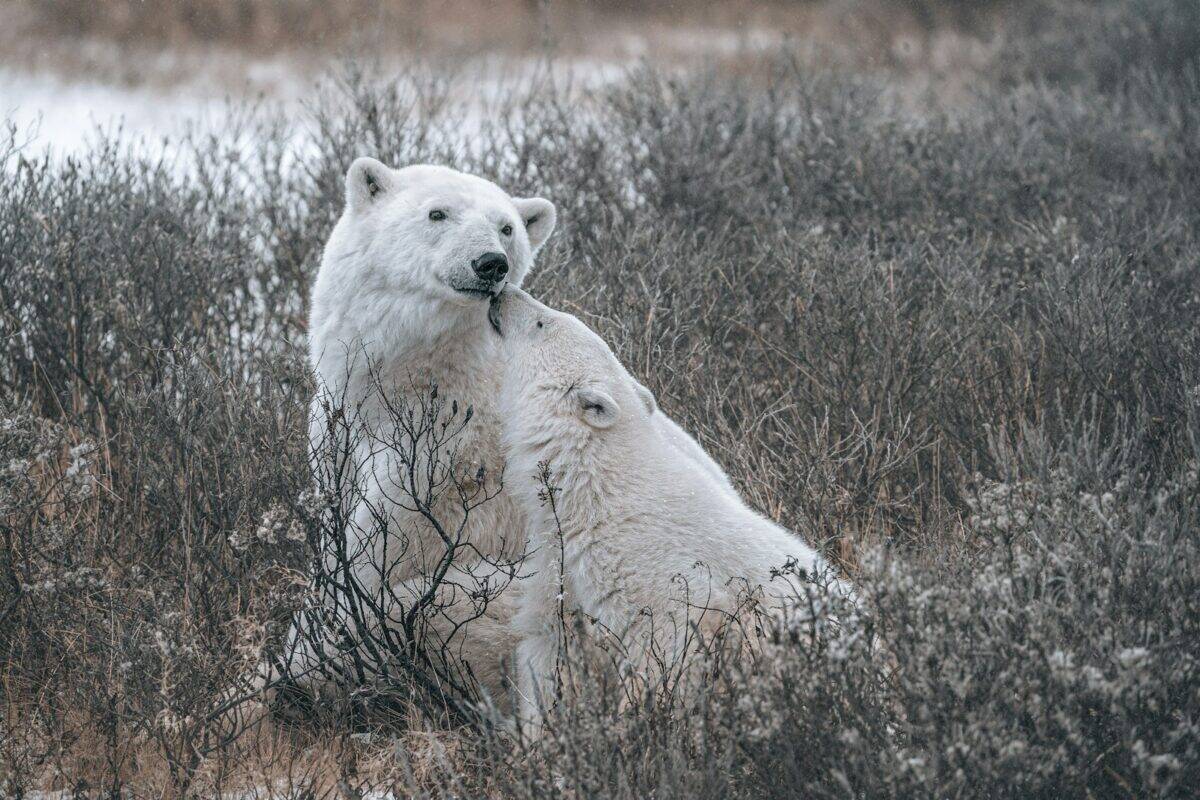
The debate over polar bear hunting often pits wildlife conservation against indigenous rights. Indigenous peoples have extensive ecological knowledge and are often at the forefront of conservation efforts. Collaborative management approaches, respecting both conservation needs and cultural rights, may offer a pathway to resolving this complex issue.
Alternative Conservation Strategies

Protecting polar bears may also involve strategies beyond regulating hunting. Habitat preservation, climate change mitigation, and establishing protected marine areas can support polar bear populations. These measures, in tandem with sustainable hunting practices, could offer a more holistic approach to ensuring the long-term survival of polar bears.
Voices of Indigenous Peoples

Indigenous peoples’ voices are crucial in the polar bear hunting debate. Many indigenous leaders advocate for maintaining sustainable hunting practices in line with their cultural traditions and deep knowledge of the land and wildlife. Collaborating with these communities is essential to developing effective strategies that respect cultural rights and promote conservation.
The Future of Polar Bears

The future of polar bears depends not only on addressing hunting practices but also on tackling the broader issue of climate change. While a global hunting ban may offer some benefits, it cannot replace the need for international cooperation on climate action and habitat conservation. The survival of polar bears hinges on a multifaceted approach that respects all stakeholders involved.
In conclusion, while the idea of banning polar bear hunting globally is appealing to many conservationists, it presents complex challenges that require careful consideration. Effective solutions must balance the urgent need for conservation with the rights and traditions of indigenous peoples who have coexisted with these majestic animals for generations. By fostering dialogue and cooperation among diverse stakeholders, we can aim to secure a future where both polar bears and human cultures continue to thrive.
- How Climate Change Is Affecting Dolphin Migration Patterns - August 17, 2025
- The Most Colorful Lizards Found in the Deserts of New Mexico - August 17, 2025
- This Animal Outsmarts Chimps and Dogs—Without a Brain Like Ours - August 17, 2025

